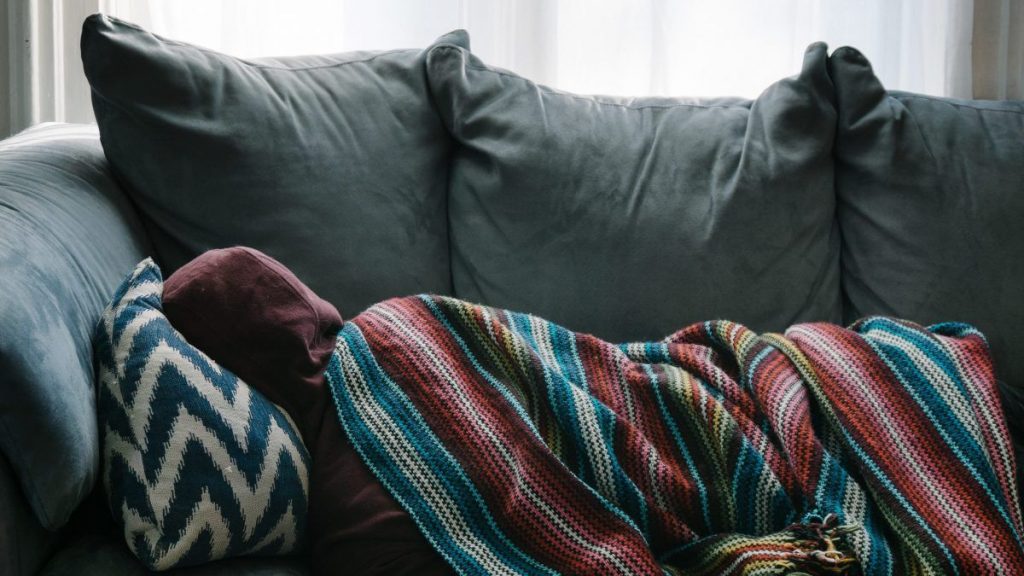With society becoming more environmentally conscious and focussed on health and wellbeing, we feel it’s important to educate our clients on some of the environmental hazards that could be lurking in their homes.
From chemicals in numerous building products to undetectable mould, our homes could be making us sick; and with people spending up to 90% of their time indoors between work and home, the quality of indoor air is an increasingly important issue.
Renovating your home provides the perfect opportunity to make changes to your home that will bring long-term benefits.
Here are some of the easiest ways to make a big difference to your indoor air quality:
Paints
On average, paint covers 80% of surfaces in the home, having a dramatic influence on indoor air quality. US studies have linked house paint to childhood leukemia, so choosing the right zero-VOC paint should be your number one priority.
Flooring
Where possible use natural timber, cork or tiles ensuring that any coating applied is non toxic. We don’t recommend carpet as it can harbour dust mites and isn’t as easy to keep clean. If you prefer carpet, we recommend wool, cotton, rattan or jute as alternatives to synthetic carpets which can contain carcinogens, including formaldehyde, ethylbenzene, acetone, toluene and styrene. While those chemicals do wonders for stain resistance and durability, they can have devastating consequences for your health.
Mould
The change in building design to make houses more energy efficient has resulted in a rise in mould and condensation issues in today’s homes. Mould now affects approximately 40% of new builds in Australia, and although it’s a serious health risk to building occupants, the flow-on effects from pests suchs rodents and cockroaches thriving in water-damaged buildings is just as detrimental to your health.
These are just some of the hazards that can be found in your home. Whenever planning a renovation, it is important to identify all potential hazards and ensure they are managed in a responsible way. From using a licensed asbestos removal expert to a qualified painter who knows how to test lead paint before proceeding with any paint preparation work, choosing the right tradesman for the job is essential – and we’re here to help!


